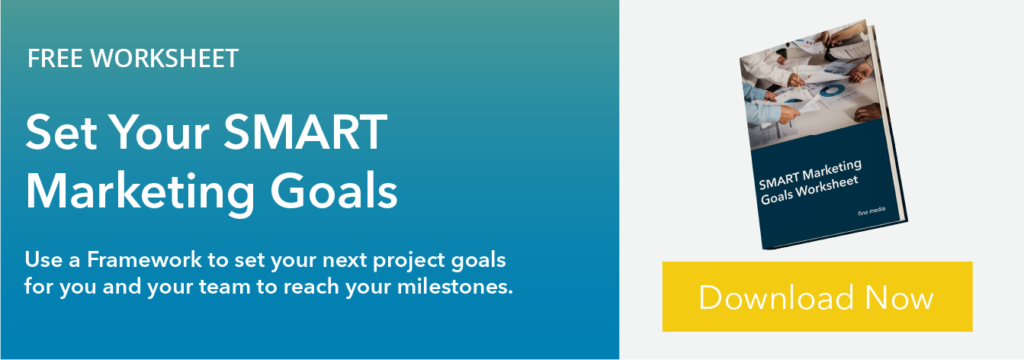Outbound marketing is a form of advertising where companies send messages to potential customers through various channels such as email, social media, etc. The idea behind this type of marketing is to reach as many people as possible.
Inbound marketing is a strategy that focuses on attracting visitors to your site instead of sending them away from it. This approach is also known as customer acquisition because it helps businesses acquire new customers.
Both types of marketing strategies are important for businesses. Outbound marketing helps companies reach their target audience, whereas inbound marketing attracts new prospects who might become future customers.
|
Outbound Marketing
Outbound marketing is a form of marketing where you send out messages or emails to potential customers. This type of marketing is often called cold calling because you are contacting strangers.
|
What is Outbound Marketing?
Outbound marketing is a form of advertising where companies send messages or emails to potential customers. This type of marketing is often used by businesses that want to get their name out there.
Outbound marketing is also known as cold calling or direct marketing. It involves sending emails, text messages, phone calls, and other types of messages to prospective clients. The idea behind this strategy is to get prospects interested in your company and convince them to visit your site or call you.
Outbound marketing has become a vital part of modern marketing strategies. Businesses use it to reach new audiences, build relationships with current clients, and increase sales.
It’s important to note that outbound marketing isn’t always effective. There are certain things that you should consider before sending out emails. For example, you should focus on building trust and credibility before asking for something from your audience.
Outbound marketing uses marketing channels like:
-
Direct email
-
Online ads
-
Print advertising
-
Billboards
-
Cold calling
-
Television and radio ads
-
Trade shows
-
Pay per click
-
Etc.
Outbound marketing has a ‘hit and hope’ approach. You push out your messaging and hope someone or anyone responds. This use of mass media rarely has a targeted approach. This means your messaging is an uninvited guest. These days outbound marketing methods are not popular with the modern consumer.
|
According to CMOcouncil.org, 86% of people skip TV commercials and 44% of direct mail is never opened. Traditional methods are shrinking in consumption and value. |
Advantages of Outbound marketing
-
Reaches a wide audience.
-
Helps you reach prospects who may not be aware of your product or services.
Disadvantages of Outbound marketing
-
High investment with a low return.
-
Customers block and avoid it (do not call, spam filters, DVR).
-
Delivers irrelevant messaging to prospects.
-
Invasive and avoided by customers (Interruption Marketing).
-
Communication is only one way.
|
What is Inbound Marketing? A business methodology that attracts customers by creating valuable content and experiences tailored to them. Simply put, turning strangers into brand promoters. |
What is Inbound Marketing?
Inbound marketing refers to permission-based marketing that pulls prospects to your business. With inbound, you provide free valuable advice and insights at each stage of the buyer’s journey. Once the prospect is ready to buy you delight them and turn them into brand advocates.
Inbound marketing helps your organization turn strangers into advocates of your brand. The idea is that once your customers find success, they will then share their stories with others. This creates new organic leads for your business. The flywheel model drives this idea of customer-driven growth. The more delighted customer you have the more your business grows.
Inbound marketing strategies seek to attract, engage, and delight customers.
A video (short clip) about the flywheel
Inbound marketing strategies used to pull customers to your business include:
-
Blog articles
-
SEO (Search Engine Optimization)
-
Videos
-
E-books and pillar pages
-
How-to guides
-
Podcasts
-
Social media marketing
-
Email marketing
-
Etc.
|
Content Marketing Institute says 80% of business decision-makers prefer to get company information in a series of articles instead of an advertisement. |
Advantages of Inbound marketing
- Inbound marketing costs 62% less per lead than traditional outbound marketing which leads to higher ROIs.
- Inbound marketing is data-driven and so you can measure results and track progress over time.
- It’s easy to scale because it does not rely on expensive advertising.
- Inbound marketing provides a steady stream of high-quality leads.
- Inbound marketing increases sales conversion rates.
- Permission-based (noninvasive), customers receive the relevant messaging when they are ready.
- Encourages customer loyalty and retention. You can create highly personalized messages based on the individual needs of your target market.
- Positions brands as experts and thought leaders in the industry.
Disadvantages of Inbound marketing
-
Inbound marketing requires consistency and time investment to produce quality content.
-
It takes time to see the impact of inbound marketing
The key differences between Inbound and Outbound marketing
Inbound marketing differs from traditional outbound marketing in its approach to creating leads. Here are some key contrasts between them:
-
Communication.
-
Inbound marketing is a two-way communication model. This gives room for interaction and feedback.
-
Outbound marketing broadcasts messaging to the customer and is a one-way communication strategy.
-
Targeting and Segmentation.
-
Inbound marketing creates contextual messaging for different segments of your target market.
-
Outbound marketing is one message that fits all.
-
Value.
- Inbound marketing is about empowering your prospect to overcome their pain points.
- Outbound marketing does not attempt to solve their problems.
-
Customer experience.
-
Inbound marketers attempt to engage, entertain and educate customers.
-
Outbound marketers do not seek to educate the buyer nor engage them.
Table Comparing Inbound and Outbound marketing
| Inbound Marketing (Pull) | Outbound Marketing (Push) |
| The marketer educates | The marketer simply sells |
| The most valuable content wins | The marketer rarely interacts with the audience |
| The marketer interacts with the audience | The biggest wins |
| The marketer gets permission from the customer | The marketer interrupts the customer |
Inbound Marketing
"Pull Marketing"
- The marketer educates
- The most valuable content wins
- The marketer interacts with the audience
- Marketer gets permission
Outbound Marketing
"Push Marketing"
- The marketer simply sells
- The marketer rarely interacts with the audience
- The biggest budget wins
- The marketer interrupts the customer
Conclusion
At this point, the differences between inbound and outbound marketing are clear. If you are looking to be in business for a while, start your inbound marketing journey.
Switching from Outbound to Inbound Marketing
So far, I have made the case for inbound marketing over outbound marketing. Going inbound is the best long-term goal for a business that plans to grow and be competitive. HubSpot says 70% of marketers are investing in content marketing. But, it is not as easy as halting all your outbound efforts overnight.
Outbound marketing, in isolation, is inefficient and a waste of company resources. The fact is legacy media engagement is on the decline. Numbers show that Netflix, YouTube, Apple TV, and Roku are replacing the television set. Even though the traditional way is losing its influence, it still has a large reach. After all, both inbound and outbound marketing efforts have their effective pros.
Companies that use a mix of both inbound and outbound get more fruitful results. Find out more in the Not Another State of Marketing Report by HubSpot. The switch needs strong planning and execution aligned with your company’s SMART goals.
See what inbound marketing can do for your business
Are you ready to increase leads, revenue, and brand authority? See how inbound marketing can boost your marketing efforts.




